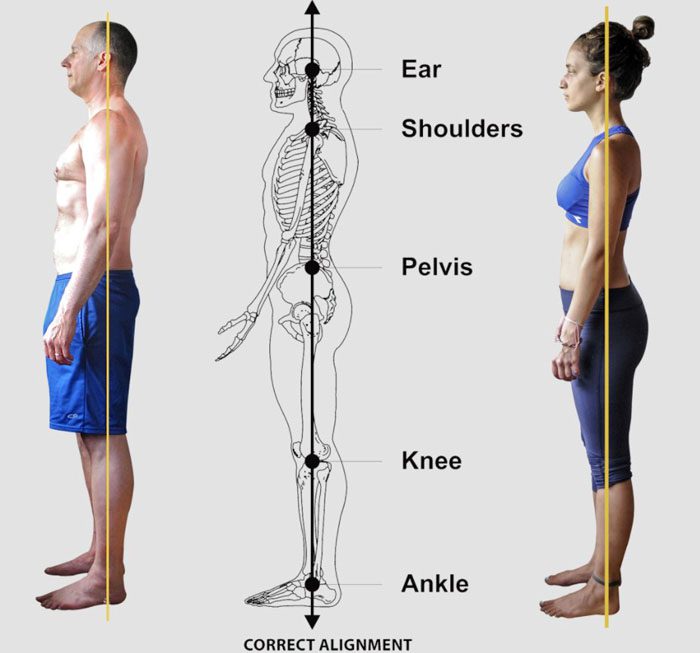A stable spine is crucial for maintaining a healthy and pain-free lower back. Achieving good posture means that the vertebrae, the bones of the spine, are aligned correctly. This correct alignment ensures that the cervical, thoracic, and lumbar curves are balanced and in harmony, distributing weight evenly over the feet. Contrary to popular belief, the spine is not a straight line but an S-shape, consisting of three distinct curves. The APTA defines “good posture” as the balanced alignment of these curves. Understanding the three sections of the spine not only benefits your long-term health but also boosts your confidence, especially during social interactions, presentations, and photo sessions.

For some individuals, back pain might be influenced or worsened by their sleeping habits. Optimal sleeping positions maintain the spine in a neutral stance, aligning with its natural contour. This neutrality is vital as it diminishes specific pressure points along the spine that should not be stressed. Additionally, certain spine disorders, such as sagittal imbalance, which is a front-to-back imbalance, can affect the spine’s health. Typically, the spine has two gentle curves: the lumbar spine with an inward curve known as lordosis and the thoracic spine with an outward curve called kyphosis. Aligning the spine during sleep reduces back and neck strain. A firm sleeping surface is also recommended. For a comprehensive overview of sleep positions, from the most beneficial to the least, consider consulting the guide provided by Wexner Medical and USC Internal Medicine.


